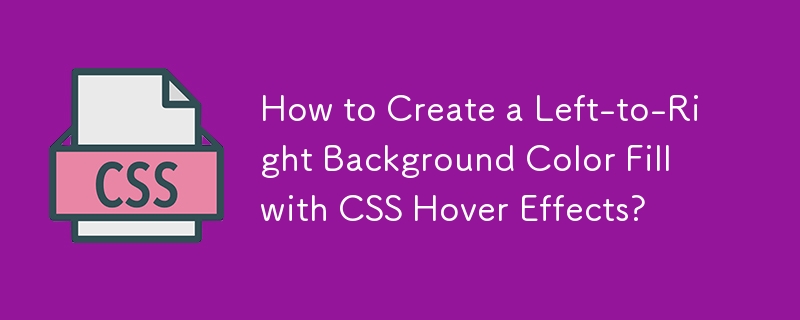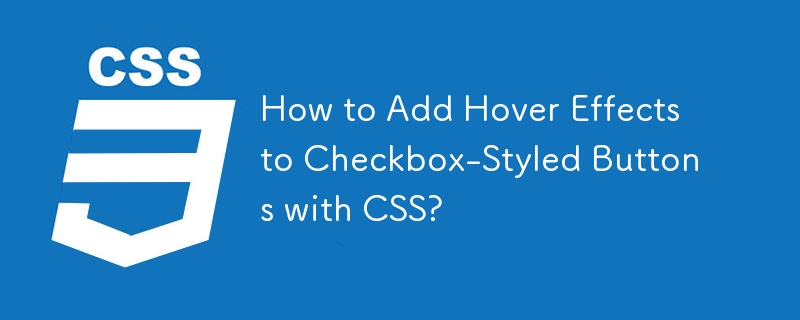Found a total of 10000 related content

How to Create a Stunning Modern Button with CSS and HTML
Article Introduction:Discover a premium button design crafted with glowing gradients, animated borders, and advanced hover effects. Perfect for web projects that need a high-quality, eye-catching element. Inspired by the gladiatorial battles of ancient Rome, this button
2024-11-18
comment 0
987
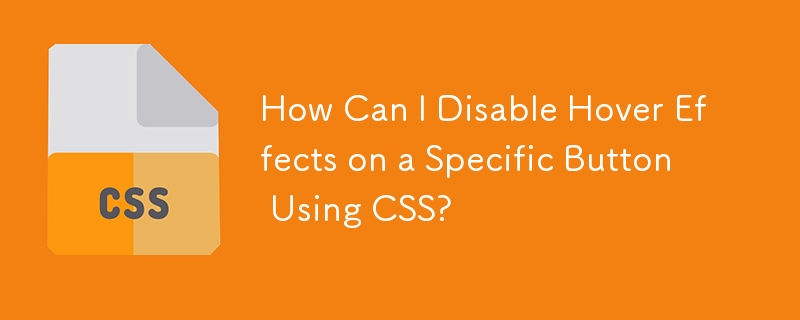
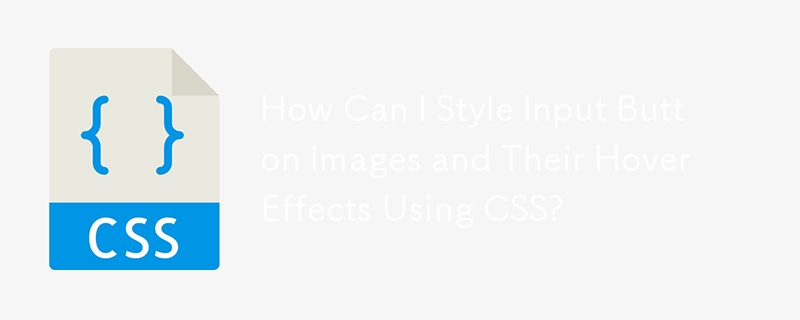

Shadow Boxing: Image-free, CSS3, Glossy Buttons
Article Introduction:CSS3 button style: Use box-shadow to create cool button effects
This article discusses two ways to create buttons using CSS3: CSS3 gradient and box-shadow. Although CSS3 gradients are becoming more and more popular in button styles, are easy to configure and can scale with button areas, their browser support is limited (mainly Firefox, Chrome, and Safari), and the syntax is inconsistent among different browsers.
By contrast, overlaying color layers with the box-shadow attribute, just like a painter overlaying pigment, can create picture-free, zoomable, fully configurable smooth buttons. Although this method may seem more complicated to layer the box-shadow color at first glance, it has more flexibility
2025-03-07
comment 0
990

Using CSS transform properties for visual effects
Article Introduction:The CSStransform property implements the translation, rotation and scaling effects of elements through functions such as translate, rotate, scale. 1. Translate is used for smooth movement, such as button hover displacement; 2. Rotate implements rotation animation, suitable for loading icons; 3. Scale produces scaling feedback, such as image hovering; 4. Multiple functions can be used in combination to enhance visual effects without affecting layout and improve interactive experience.
2025-07-10
comment 0
398
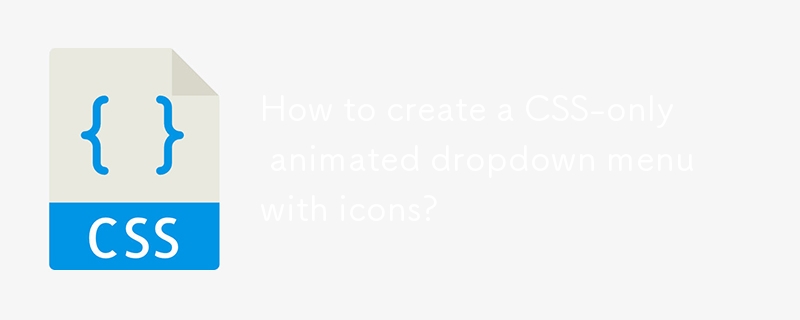
How to create a CSS-only animated dropdown menu with icons?
Article Introduction:Yes, you can create an icon-free drop-down menu with icons using CSS. 1. Use semantic HTML structure to include nested ul and FontAwesome icons; 2. Set basic styles, transition effects and hide drop-down content through CSS; 3. Use :hover and :focus-within to achieve drop-down display and icon rotation animation without JavaScript, and support keyboard navigation, ultimately implementing a beautiful and accessible pure CSS animation drop-down menu.
2025-08-01
comment 0
968
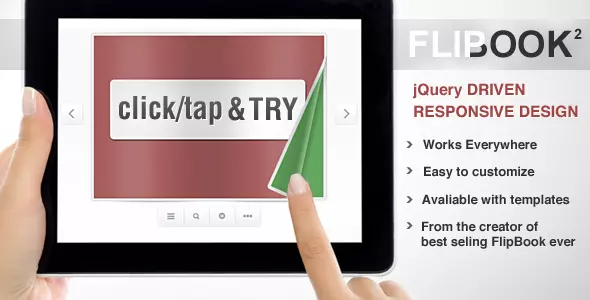
10 jQuery Flip Effect Plugins
Article Introduction:Ten excellent jQuery flip effects plugins allow your HTML content and images to achieve 360-degree flip animation effects, using the transform and rotate attributes of jQuery and CSS3. These plugins are perfect for displaying your portfolio, come and try it out!
Related recommendations:
15 amazing jQuery animation design plugins
10 Very Attractive JQuery Widgets
Paid Products – Responsive page turn book based on jQuery
Completely based on HTML and jQuery, no Flash player required. Supports desktop and mobile devices!
Portfolio flip slider based on jQuery and CSS3
Click the paging button to trigger the slider to flip, each time
2025-02-25
comment 0
1262
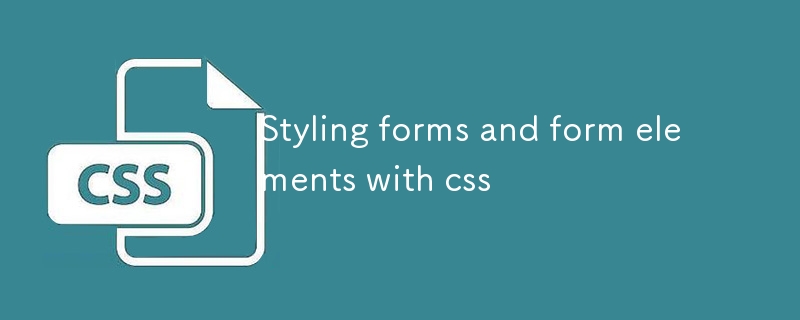
Styling forms and form elements with css
Article Introduction:To make the form more beautiful and improve the user experience, you can optimize it from the following four points: 1. Unify the basic style of the input box and add: focus effect; 2. Hide native check boxes and radio buttons and replace them with custom icons; 3. Set hover, active status and animation for the submission button; 4. Keep the form layout neatly and aligned, and use .form-group to uniform spacing.
2025-07-10
comment 0
567
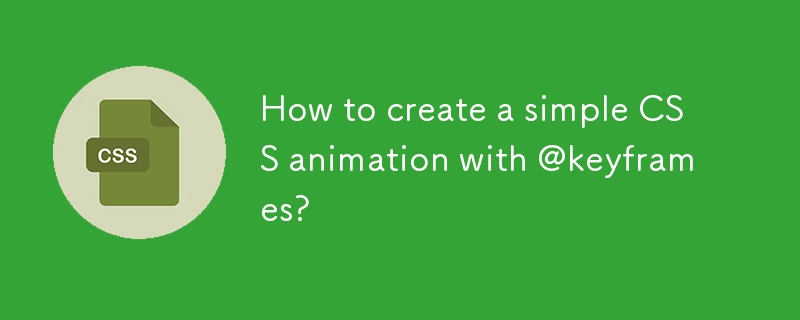
How to create a simple CSS animation with @keyframes?
Article Introduction:Use @keyframes in CSS to achieve custom animation effects. The basic steps are: 1. Define @keyframes animation, specify the animation name and keyframe style; 2. Bind the animation to the target element through the animation attribute, and set parameters such as duration, easing function, and playback times; 3. Pay attention to consistent naming, use from/to reasonably to replace 0%/100%, add browser prefixes, optimize performance, and test performance on different devices, and realize common animation effects such as button hover and load indicator.
2025-07-20
comment 0
1008

css animation examples
Article Introduction:Hover button zooms in to achieve interactive effects through transform:scale() and transition; 2. Fade in animation using @keyframesfadeIn with animation:forwards to maintain the final state; 3. Infinite rotation icon uses transform:rotate() and border differences to create loading effects; 4. Left and left jitter prompts to move between 25% and 75% keyframes through translateX to generate warning feedback; 5. Slide up and down banners from negative values to 0 to slide into vision; 6. Text typewriter effect simulates verbatim input through width gradient with steps() and adds cursor flash
2025-07-28
comment 0
305
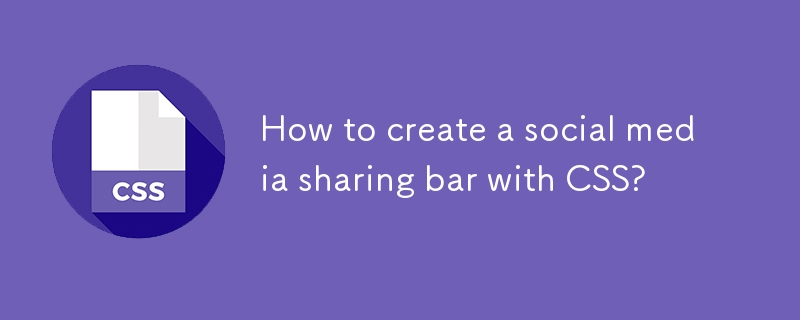
How to create a social media sharing bar with CSS?
Article Introduction:Create an HTML structure, share a list of links with Facebook, Twitter, LinkedIn, and WhatsApp, and replace YOUR_URL and YOUR_TITLE as actual URL encoded values; 2. Use CSSFlexbox layout design styles to set exclusive background colors, hover effects and responsive spacing for each platform; 3. Use media queries to achieve line breaks and adaptive button widths on small screens; 4. Optionally introduce FontAwesome icon to enhance visual effects and ensure that CDNs are loaded correctly. Finally, a lightweight, third-party script-free, and responsive social sharing bar is realized to improve the efficiency of content dissemination without affecting website performance.
2025-08-02
comment 0
135

How to create a Bootstrap login form?
Article Introduction:Introduce the CSS and JS files of Bootstrap5 to build a basic environment; 2. Use containers, cards and form classes to build a centered and responsive login form structure, including email, password input box, check box and submit button; 3. Optionally add HTML5 form verification and enable Bootstrap verification style through JavaScript, combine responsive design to ensure mobile friendly, and can add prompt information or loading effects; 4. Finally, it is recommended to combine server verification, HTTPS, security mechanisms such as CAPTCHA, and customize the styles as needed to complete a safe and beautiful login form.
2025-08-01
comment 0
713

10 jQuery and CSS3 Mobile App Styles
Article Introduction:10 amazing jQuery and CSS3 mobile application styles are worth a try!
Today we show you 10 amazing jQuery and CSS3 mobile app styles, they are so cool and definitely worth your experience!
Anonymous pen: Responsive web design detector
Source code and demonstration
Twitter button without iframe
Embedding Tweets or following buttons on responsive websites can be a bit tricky because they can greatly increase page loading time. However, they are a great way to spread a new blog post or article.
Source code and demonstration
Android clock animation
Create animated effects of Android docking clock.
Source code and demonstration
Device switcher
Show responsive
2025-02-23
comment 0
762

Implementing Clickable Buttons Using the HTML button Element
Article Introduction:To use HTML button elements to achieve clickable buttons, you must first master its basic usage and common precautions. 1. Create buttons with tags and define behaviors through type attributes (such as button, submit, reset), which is submitted by default; 2. Add interactive functions through JavaScript, which can be written inline or bind event listeners through ID to improve maintenance; 3. Use CSS to customize styles, including background color, border, rounded corners and hover/active status effects to enhance user experience; 4. Pay attention to common problems: make sure that the disabled attribute is not enabled, JS events are correctly bound, layout occlusion, and use the help of developer tools to troubleshoot exceptions. Master this
2025-07-07
comment 0
689

How does the ::before and ::after pseudo-elements allow for styling non-DOM content?
Article Introduction:CSS pseudo-elements::before and ::after allow insertion and styling of non-DOM content without modifying HTML. By setting content attributes, you can add decorative text or symbols before and after the content of the element, and apply styles such as fonts, backgrounds, positioning and even animations, such as adding colored "Note:" tags or button hover animations. Common uses include dynamic icons, prompt tags, form tags and UI effects. However, it should be noted that if the content is not set, the pseudo-element is invalid; it cannot interact through JavaScript; and does not support nested HTML structures.
2025-06-08
comment 0
390

Using CSS Transforms in the Real World
Article Introduction:CSS Conversion: A Powerful Tool to Solve Design Difficulties
This article will explore the power of CSS transformation in real-world applications, show how it can effectively solve various design challenges and create compelling visual effects. We will learn how to align elements vertically, create beautiful arrows, build load animations, and implement flip animations, etc.
CSS3 conversion became standard in 2012, and before that some browsers had already provided support. Transformation allows you to easily transform web elements, such as rotation, scaling, or tilting elements, to achieve with just one line of code, which was difficult to achieve before. CSS conversion supports 2D and 3D transformations.
In terms of browser compatibility, all mainstream browsers support 2D conversion, including Inter
2025-02-10
comment 0
1118

The Ultimate Guide to Responsive Web Design
Article Introduction:Create a fluid grid using relative units (such as percentages, em, rem) to ensure that the layout is flexibly adjusted with the screen size; 2. Use max-width:100% and srcset attributes to adapt the images to different devices to avoid overflow and optimize loading; 3. Adopt mobile-first media query strategy, start with the minimum screen, and set breakpoints according to content needs; 4. Ensure touch screen friendly, button size is not less than 44–48px, avoid hover interaction, increase spacing and font size; 5. Optimize performance, compress images, use modern formats (such as WebP), delay loading of non-first screen images, and streamlined code; 6. Multi-device testing, use developer tools, real devices and cross-browser platforms to verify response effects and accessibility; Responsive design
2025-07-27
comment 0
726
